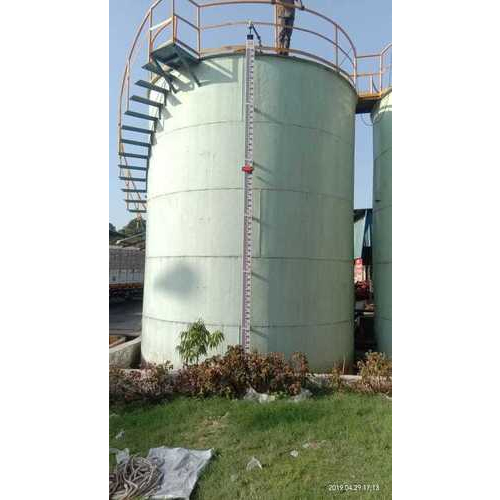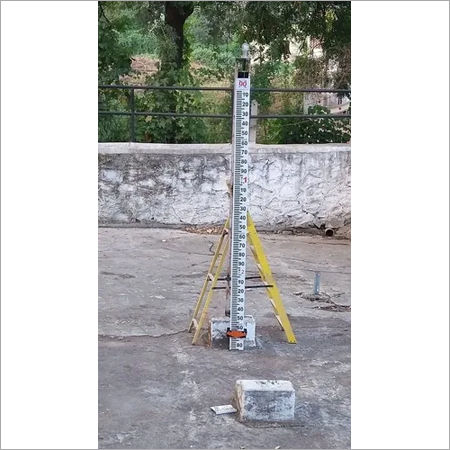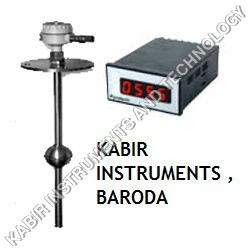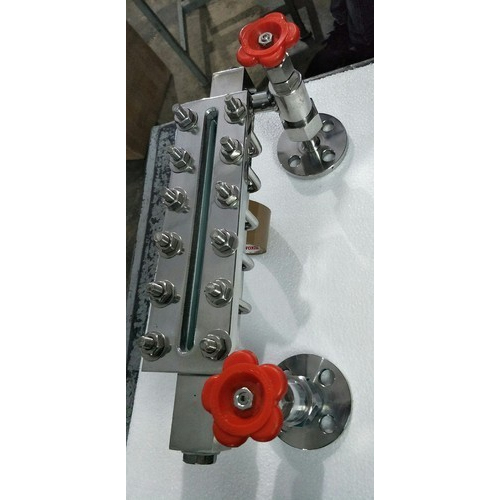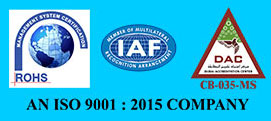Call Us
07971459101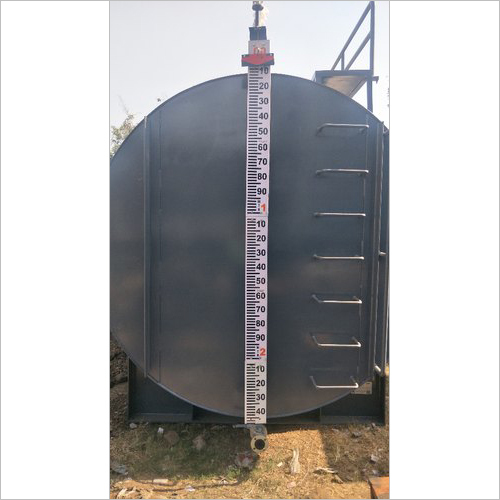
Float And Board Level Indicator
850-15000 INR/Unit
Product Details:
- Display Analog, Digital
- Product Type Float And Board Level Indicator
- Operating Temperature 400 deg C Celsius (oC)
- Application Industrial
- Click to view more
X
Float And Board Level Indicator Price And Quantity
- 1 , , Unit
- 850-15000 INR/Unit
Float And Board Level Indicator Product Specifications
- Analog, Digital
- Float And Board Level Indicator
- Industrial
- 400 deg C Celsius (oC)
Float And Board Level Indicator Trade Information
- Cash in Advance (CID)
- 15-20 , , Unit Per Day
- 1 Week
- All India
Product Description
Float & Board type level indicator is an optimum quality weighing liquid level measuring system, which is suited for non-pressurized vessels. It is a balanced counterweight system featured with an arrow shaped pointer that can smoothen the indication process. This is suitable for most liquid application and can effectively works in the occurrences of turbulence, ensuring stability. It has buoyancy principle in its operation. It has been linked as per balanced counter weight system.
Product details
|
Material |
Stainless steel |
|
Output |
4-20 mA |
|
Application |
Industrial,Laboratory |
Float And Board Level Indicator Applications:
1. Oil and Gas Industry:
Tank Level Monitoring: Float and board level indicators are widely used in oil and gas storage tanks to monitor the level of crude oil, refined products, or other liquids. This ensures efficient inventory management and prevents overfilling.
2. Chemical Processing Plants:
Chemical Storage Tanks: These indicators are used in chemical processing plants to monitor the levels of various chemicals in storage tanks. It is crucial for safety and process control to prevent spills or accidents.
3. Water Treatment Plants:
Water Tanks: Float and board level indicators are employed in water treatment plants to measure the water levels in tanks and reservoirs. This helps in maintaining a consistent water supply and prevents overflow.
4. Food and Beverage Industry:
Liquid Ingredient Tanks: In the food and beverage industry, these indicators are used to monitor the levels of liquid ingredients such as syrups, oils, and other components in storage tanks.
5. Power Plants:
Cooling Towers: Float level indicators are utilized in cooling towers to monitor the water level, ensuring efficient cooling processes and preventing damage to equipment due to low water levels.
6. Marine Applications:
Ship Ballast Tanks: Float and board level indicators are used in ships' ballast tanks to monitor and control the amount of water taken on board for stability and balance.
7. Pharmaceutical Industry:
Chemical Storage: Pharmaceutical companies use these indicators to monitor the levels of various chemicals and liquids used in the manufacturing process.
8. Wastewater Treatment Plants:
Sewage Tanks: Float and board level indicators are applied to monitor the levels of sewage and other liquids in treatment tanks, facilitating proper management and disposal.
9. Agriculture:
Liquid Fertilizer Tanks: Farmers use float level indicators to monitor the levels of liquid fertilizers in storage tanks, ensuring precise application during agricultural activities.
10. Automotive Industry:
Coolant Tanks: Float and board level indicators are employed in automotive coolant tanks to monitor the coolant levels, preventing engine overheating and damage.
11. HVAC Systems:
Cooling Towers and Boiler Systems: In heating, ventilation, and air conditioning (HVAC) systems, these indicators are used to monitor the water levels in cooling towers and boiler systems for efficient operation.
Float And Board Level Indicator FAQ:
1. What is a float and board level indicator?
Ans: A float and board level indicator is a device used to measure and indicate the level of liquids in tanks or vessels. It typically consists of a buoyant element (float) that moves with the liquid level and is connected to an indicator, often a scale or pointer, which shows the level.
2. How do float and board level indicators work?
Ans: These indicators operate on the principle of buoyancy. The float, which is lighter than the liquid, rises and falls with the liquid level. As the float moves, it actuates a mechanical linkage or electronic sensor, which, in turn, provides a visual or electronic indication of the liquid level.
3. What types of liquids can float and board level indicators measure?
Ans: Float and board level indicators can be used to measure a wide range of liquids, including water, chemicals, oils, fuels, and various industrial fluids.
4. What are the main components of a float and board level indicator?
Ans: The main components include the float (buoyant element), a guide or housing to ensure proper movement, a mechanical linkage or sensor, and an indicator such as a scale, pointer, or electronic display.
5. Are float and board level indicators suitable for corrosive liquids?
Ans: Yes, there are models designed for use with corrosive liquids. They are often made from corrosion-resistant materials like stainless steel or plastic to ensure durability and accuracy in harsh environments.
6. Can float and board level indicators be used in pressurized vessels?
Ans: Yes, there are specific models designed to operate in pressurized systems. These indicators are equipped to handle the pressure conditions within the vessel.
7. Are there different types of float and board level indicators?
Ans: Yes, there are various types, including mechanical float level indicators, magnetic float level indicators, and electronic level sensors. The choice depends on factors such as the type of liquid, the application environment, and accuracy requirements.
8. How accurate are float and board level indicators?
Ans: The accuracy can vary based on the design and type of indicator. Mechanical float indicators may have a lower precision compared to electronic sensors, which can provide more precise measurements.
9. Can float and board level indicators be used in hazardous environments?
Ans: Yes, there are models designed for use in hazardous or explosive environments. These indicators comply with safety standards and may include features like intrinsically safe designs.
10. What are common maintenance requirements for float and board level indicators?
Ans: Regular inspection for wear and tear, cleaning of components, and ensuring that the float moves freely are common maintenance tasks. Electronic sensors may require periodic calibration.
11. Are there specific installation considerations for float and board level indicators?
Ans: Installation considerations include proper positioning of the indicator, ensuring a clear path for the float's movement, and adherence to any specific guidelines provided by the manufacturer.
12. Can float and board level indicators be used in outdoor applications?
Ans: Yes, many float and board level indicators are designed to withstand outdoor conditions. They may be weatherproof or come with protective enclosures.
Tell us about your requirement

Price:
Quantity
Select Unit
- 50
- 100
- 200
- 250
- 500
- 1000+
Additional detail
Mobile number
Email
Other Products in 'Level Indicator' category
"We are expecting inquiries from international market"
And also we want more inquires from countries like Middle East Countries, African Countries, South East Asia and North America.
And also we want more inquires from countries like Middle East Countries, African Countries, South East Asia and North America.

 English
English Spanish
Spanish French
French German
German Italian
Italian Chinese (Simplified)
Chinese (Simplified) Japanese
Japanese Korean
Korean Arabic
Arabic Portuguese
Portuguese
